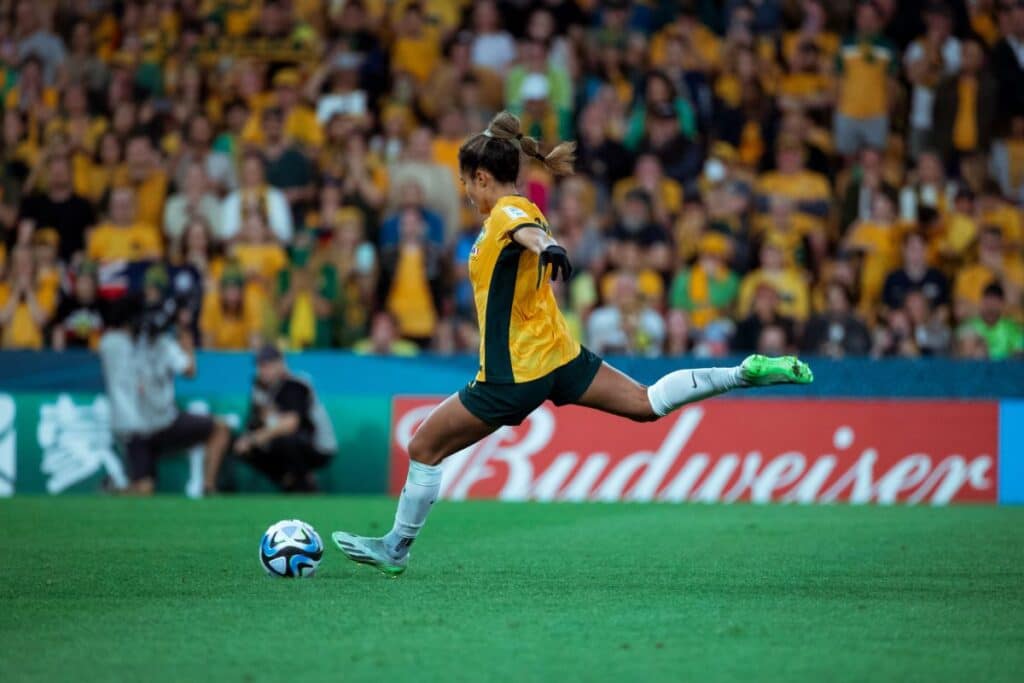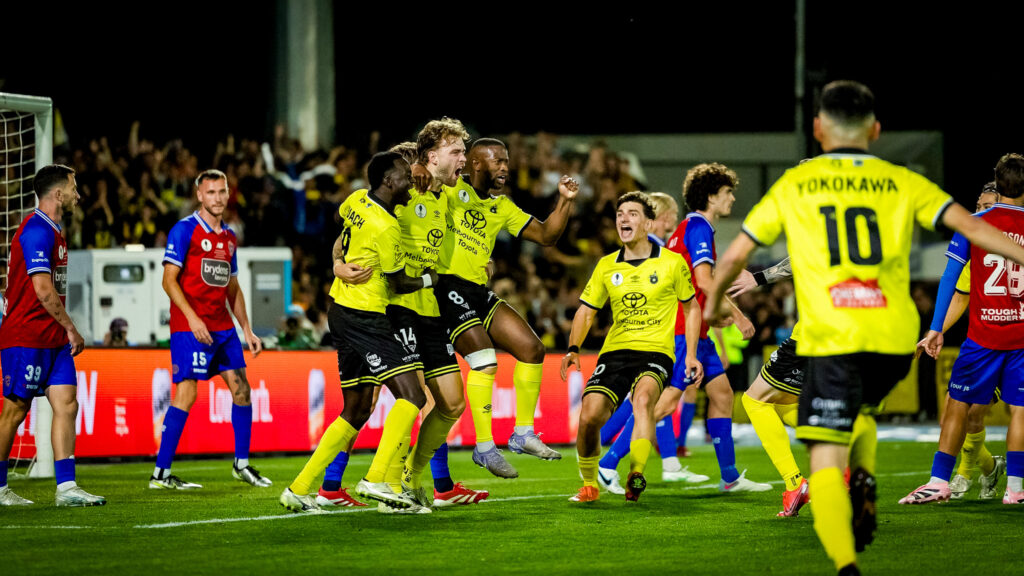
Psychology and sport are mixing more than they ever have before. With the advent of the internet and the increased pressure that has caused for athletes, sporting clubs and teams are now having to utilise sports psychology to get the best out of their players.
Dr Christopher Mesagno is a Senior Lecturer in Sport and Exercise Psychology at Victoria University. He has over 20 years of expertise in the field and has dedicated much of his research to exploring the effects of stress and anxiety in sport. His predominant focus has been in the phenomenon of ‘choking under pressure’.
Following the Matildas’ record-breaking FIFA Women’s World Cup run, Dr Mesagno provided Soccerscene with some key insights into what mentally might have been happening for our girls as they progressed through the tournament.
What might the Matildas have been thinking and feeling during the tournament?
Christopher Mesagno: Generally, they would be feeling excited and nervous all at the same time. It is very individual for different players as some players become very excited, while some people become very nervous and don’t like the anxiety of the experience.
If they do go to a sports psychologist or if their coaching staff knows a bit about sports psychology, they would have tried to train for that amount of pressure as much as possible, which is very difficult to emulate in a practice situation. They would at least have run though that situation and the possible experience they might have. They’ve also probably played enough to be able to deal with that situation.
As the highest viewed sport in Australian TV history, how might this pressure have affected the players?
Christopher Mesagno: With some of their finals being the most watched sporting events ever, some of them would have been dealing with it and loving it while others might have been freaking out and feeling a bit anxious. But people are individual and its very much about the individual player.
When confronted with big losses, how should athletes best prepare for their next match?
Christopher Mesagno: I would suggest as a sports psychologist that they step away from social media. In sports there’s going to be mistakes and it’s not like they want to do them, but it happens.
Stay away from the social media hype and negativity. You don’t want to carry negative thoughts and feelings into the next match. Importantly, come back to your teammates and coaches as they support and trust you. Stick with the core group that already trusts you and block out the “keyboard warriors”.
What general tips can be recommended for players facing a stressful match?
Christopher Mesagno: Athletes sometimes tend to be worried prior. Music is a way to improve mood and calm down players. Stick with regular routines, whether it be something unique in the warm up or eating the same type of food. Then during a match, get accustomed to the environment and the game setting by getting warm and loose.
After the fact during post-game – be it a win or a loss – try and learn from your mistakes and get back to normal as soon as possible and relax. Especially with the hype of winning huge games you need to go off and reset. You’ve really got to come off even the highs and try and get back to normal and relax a bit.
What is a penalty shootout like from a psychologist’s perspective?
Christopher Mesagno: Research suggests that penalty shootouts are a bit like a lottery as they are so stressful that you may not even know what you’re doing. Those who can mentally regulate themselves and bring back calmness are best placed to succeed in that environment.
When you look at the shootout, there are distinct things that players do that show if they are going to score or not. Most players only miss by a small margin but with choking you see very large misses.
The lead up to the shot-making process is the point where some researchers suggest it is more likely for choking to occur, as players in that moment may be more pre-occupied with getting out of the situation than actually lining up and executing the shot.
One thing you to detect if the players are anxious is that they speed up their penalty kick prior to taking it. The idea of relaxing and taking a deep breath can really go a long way.
Final thoughts
These insights are a great tool for players at all levels as stress can affect anyone. For a player, knowing how to control their emotions is a crucial step in high performance and it was great to have an expert lay out some clear and tangible steps for any players to use.
Once again, we applaud the Matildas for their efforts both on and off the field during this memorable and historic tournament.
Speaking directly about the Matildas, Dr Mesagno offered his personal insight:
“It was amazing to see how the girls lifted and with Australia as well, the further they got into the tournament,” he said.
“I thought the national expectations lifted them a little bit which was nice to see.”


















